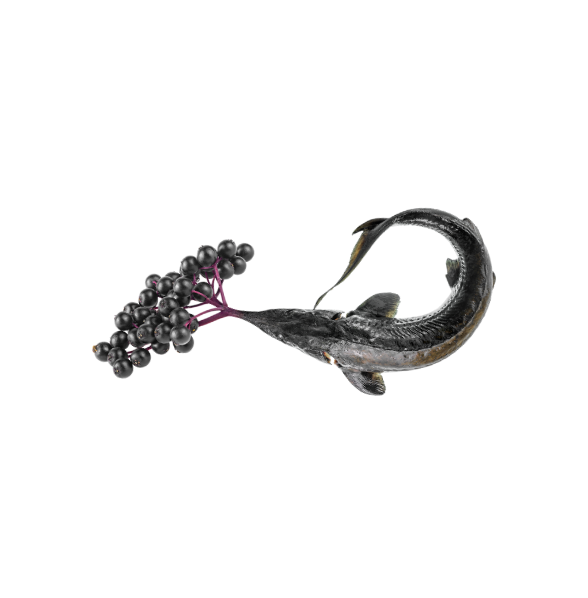News
Recreating underground flavours
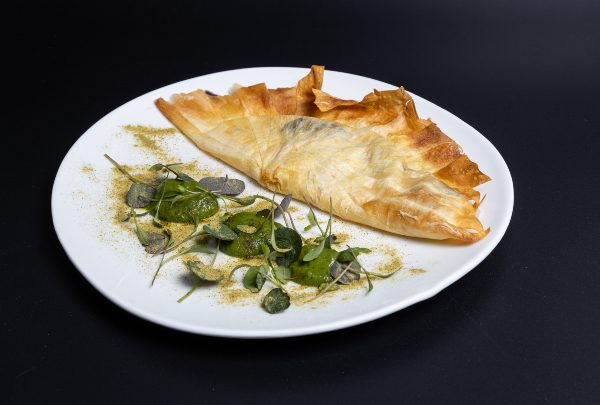
Juan Luis Martínez, from the Peruvian restaurant, Mérito, has discovered new techniques that enable him to make comprehensive use of tubers.
Juan Luis Martínez’s cuisine is one that recreates flavours that are underground. His cooking, which combines the best of the culinary traditions of Venezuela and Peru, aims to close circles through the use of tubers. A brilliant proposal that has made him the great benchmark figure in Peruvian cuisine. "After constant experimentation and a few extra grams of imagination we have discovered new techniques that enable us to make comprehensive use of tubers", he reveals in his presentation at Madrid Fusión Alimentos de España.
His training in Venezuela first of all and then in Europa, alongside Martín Berasategui or Dabiz Muñoz, enabled him to go to the Andean country to delve into "Venezuelan and Peruvian roots in order to provide flavours and a close connection with the produce”. Because Martínez recalled that Peru is the country with the largest variety of tubers, “especially potatoes”. “And until recently many Peruvians were not familiar with Peruvian cuisine", he points out with a certain degree of astonishment.
In this round trip that Martínez has taken, he has constantly been set on recreating dishes using tubers. The emergence of his restaurant, Mérito in the bohemian neighbourhood of Barranco, provides a minimalist vision of cooking "in which an unhurried approach, calm and care in the small details" has led this establishment with a counter for five people opposite the kitchen and five tables for two on the top floor to be ranked in 37th place out of the 50 best restaurants on the continent in the list of Latin America’s 50 Best Restaurants.
However in this proposal, "the tubers and how they are combined through the starch that they share" are the basis of his menu. "We realised that tubers have complex flavours and are not easy to digest if you didn’t grow up with them, so we try to find the way to produce flavours closer to those that diners are familiar with", Martínez explains.
In order to give different uses to bulbs, first they are treated in a series of personalised processes, depending on what kind they are, which range from lamination to pre-cooking. "With tapioca starch we produce some meshes with more texture, but we think that the potato could be worked on better", the chef says while he shows the audience the geometric forms that his cooking is based on. "Once they have been pre-cooked, we arrange them in spirals to form discs that were like ravioli and we make some empanadas. Then we stuff them with dried potato as if it was a risotto because of the starch that it has and we keep it with a Peruvian Andean cheese cured in Maras salt for three years".
He recognises the characteristics of the starch in each of the tubers, and based on this, he assigns them a mission in cooking, so that he opens up a very wide range of ways of using traditional produce. "By using this amalgamation technique we make crisps, with fresh cheese and wasakaka in which the culture of flavours and the produce are combined", he reveals. A starter that they add "some typically Peruvian fresh cheese and Venezuelan custard” to. “To give it some acidity we added some fermented corn that is reduced until you obtain a syrup", he explains to the applause of the audience.
Another of the tubers that can be found in his cooking is cassava, which he uses to recreate "a quesadilla". "In trying to find out how the starch and fibres act, we realised that cassava was most suitable for making quesadillas", he says while he makes the filling with goat’s cheese and mashed cassava. In his determination to try and achieve this recreation the arracacha appears which, once its starch has been treated, as it is a bit more flexible, can be used like a taco or kebab, and in this way provides a gluten-free alternative to these conventional products. "It has a special kind of elasticity and it is resistant to damp, so that if you put a sauce on it, it doesn’t absorb it and it remains soft and resistant, but tender when you bite into it to enjoy the crispy texture and the cheek filling", he explains.
And to close, he highlighted tamarillo, a fruit whose use he has managed to maximise at Mérito. After its pulp has undergone a dehydratation and then a hydration process, tamarillo provides two products: the pulp and the water from its hydration. "The former is processed and after absorbing all the wood and coal smoke from a smoking oven, it is mixed with vinegar and yacon extract to achieve a natural barbecue sauce", he reveals. With the water from the hydration process, which contains citric acid and the natural pectin of the fruit, "after being mixed with yacon extract, it is ready for preparing sautés, icings and to be added to a yoghurt", he finishes off as a clear example of circular cuisine.

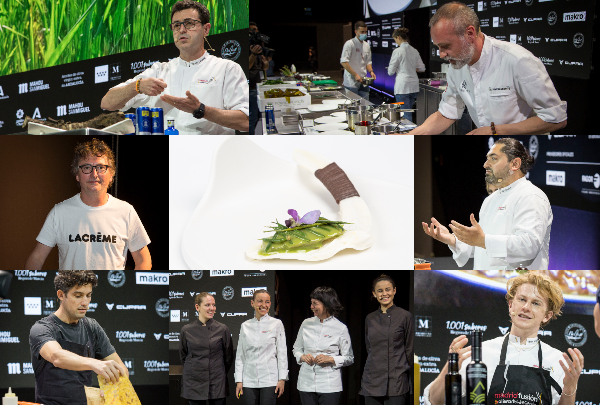
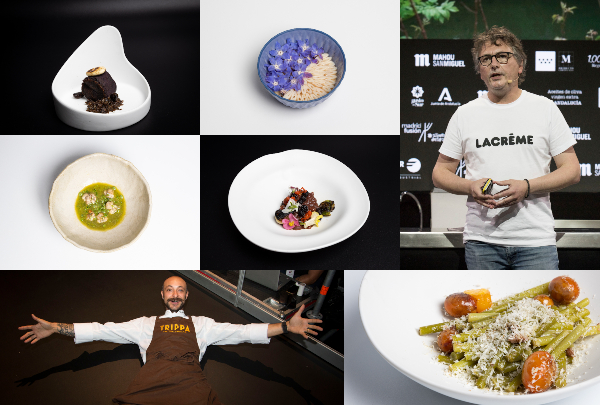
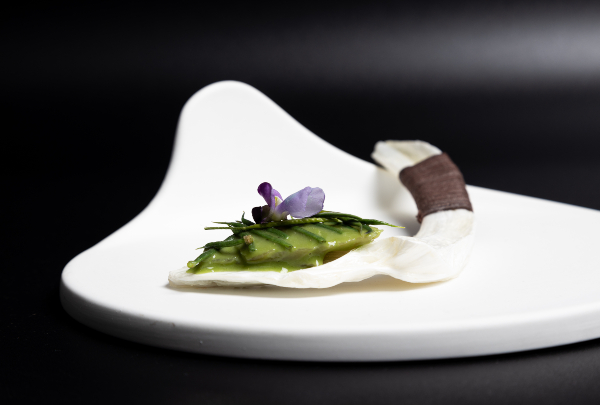
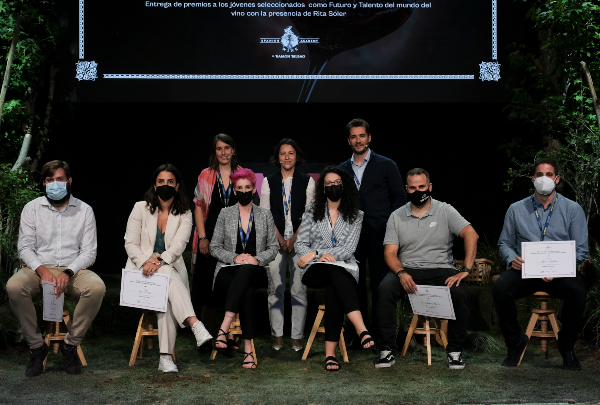
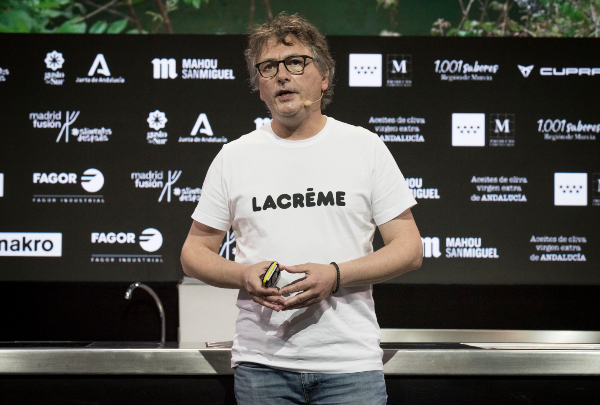
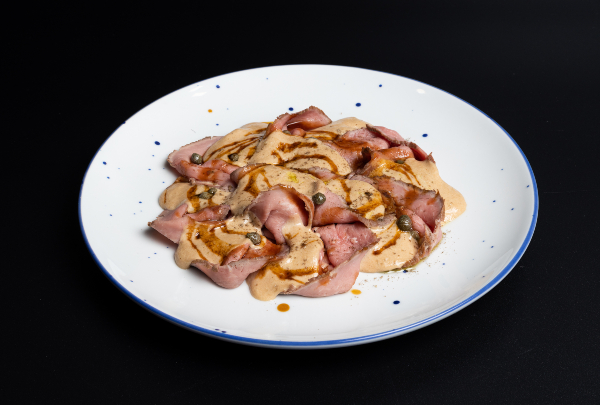

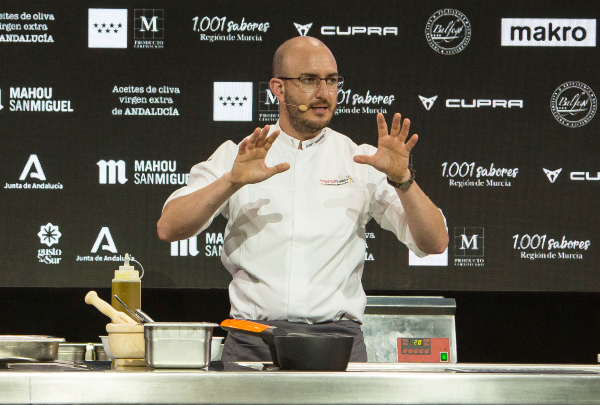
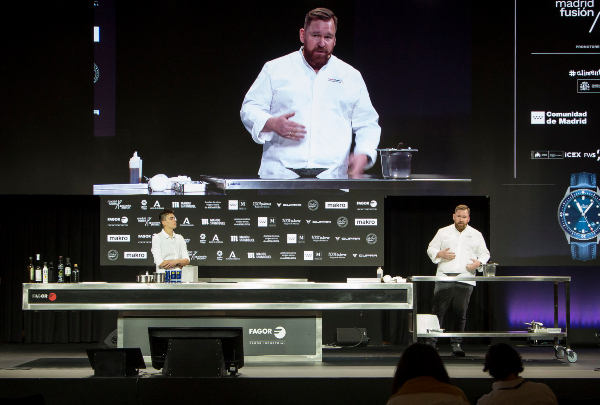
.jpg)
